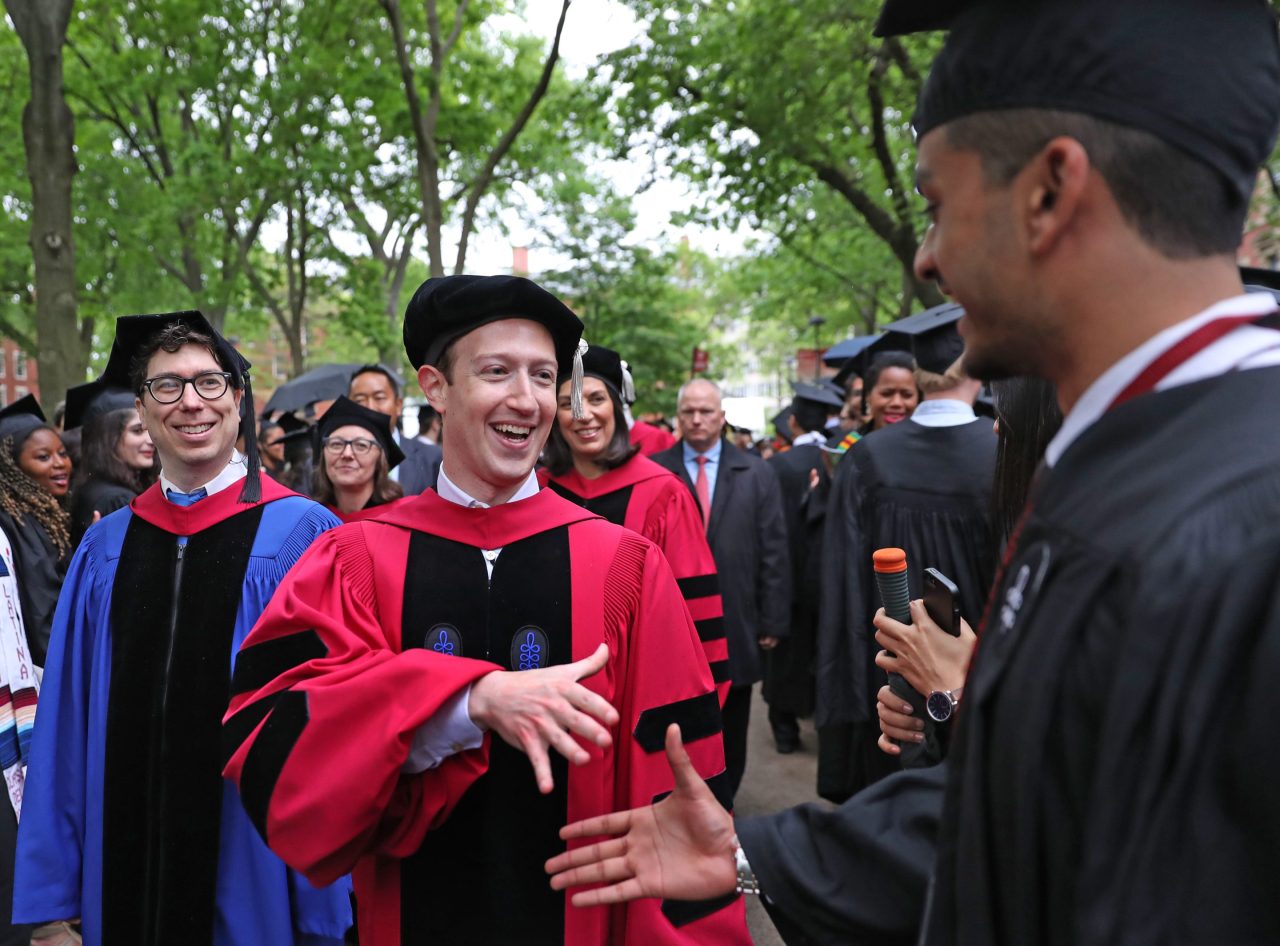In recent years, billionaires such as Mark Zuckerberg, Bill Gates, and Laurene Powell Jobs have invested heavily in education, often launching their own schools or funding innovative education projects. Their goal? To transform the traditional education system and better prepare students for the challenges of the 21st century. However, despite their wealth and influence, reforming education remains an incredibly complex and difficult endeavor.
Why Are Billionaires Investing in Education?
Education is widely recognized as a key driver of social mobility and economic growth. Billionaires, who often attribute part of their success to good education, see reforming schools as a way to unlock potential for millions of students.
For example, Mark Zuckerberg and his wife Priscilla Chan founded the Chan Zuckerberg Initiative (CZI) in 2015, pledging billions to advance personalized learning and support innovative educational programs. Zuckerberg has also backed projects such as Summit Public Schools, a network of charter schools that emphasize personalized learning plans powered by technology.
Similarly, Bill Gates has invested in Next Generation Learning Challenges and the Gates Millennium Scholars program to support underserved students.
The Promise of Personalized Learning and Technology
One of the main trends in billionaire-backed education reform is personalized learning — tailoring education to meet the individual needs, skills, and interests of each student. Technology is viewed as a tool that can help teachers better understand student progress and customize lessons accordingly.
Schools like Summit Public Schools use digital platforms to allow students to set goals, track progress, and learn at their own pace. Proponents argue this can help engage students more deeply and improve outcomes.
But Education Reform Is Inherently Difficult
Despite these promising innovations, education reform faces numerous challenges that make it resistant to quick fixes:
1. Diverse Student Needs
Every classroom includes students with different backgrounds, learning styles, and abilities. A one-size-fits-all solution—even personalized learning—requires careful adaptation and ongoing support.
2. Teacher Buy-In and Training
Teachers are at the heart of education, yet many feel sidelined by reform efforts driven by outsiders. Successful reforms need to engage teachers, provide professional development, and respect their expertise.
3. Systemic Inequities
Many schools struggle with inadequate funding, overcrowded classrooms, and social challenges such as poverty and trauma. Without addressing these underlying issues, educational innovations alone have limited impact.
4. Political and Bureaucratic Hurdles
Education systems are governed by complex policies and layers of administration at the local, state, and federal levels. Navigating these to implement reforms can be slow and contentious.
5. Measuring Success
Education outcomes are difficult to measure in the short term. Standardized test scores don’t always capture the full picture of student growth, creativity, or critical thinking.
Why Billionaire-Led Schools Aren’t a Silver Bullet
While billionaire-funded schools can pilot new models and showcase innovative ideas, scaling these approaches across the entire education system is another matter. Critics argue that some billionaire-driven reforms lack transparency or sufficient community input and may prioritize market-based solutions that don’t fit all students.
Moreover, focusing on elite charter schools or tech-driven models risks widening disparities if resources are pulled away from traditional public schools.
The Path Forward: Collaboration and Equity
Experts agree that meaningful education reform requires collaboration among all stakeholders: educators, students, families, policymakers, and yes, philanthropic investors. It also requires a focus on equity—ensuring all students, regardless of background, have access to quality education and the support they need.
Efforts like community schools that provide wraparound services, or investments in early childhood education, show promise alongside technological innovations.
Conclusion
Billionaires like Mark Zuckerberg have brought much-needed attention and resources to the education sector. Their efforts to launch schools and back new models are inspiring and important. However, fixing the education system is far more complex than money alone can solve. It demands patience, humility, and inclusive strategies that address deep-rooted challenges.
As the education landscape evolves, the best path forward lies in partnerships that combine innovative ideas with respect for the diverse realities of students and educators nationwide.




